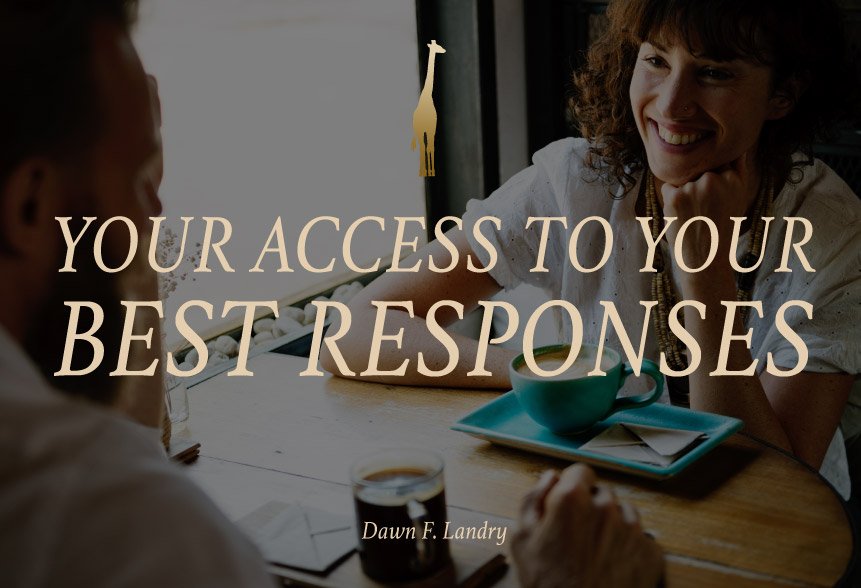Your Access to Your Best Responses
Do you ever depart from someone and only then are able to think of the best answer to a question they posed during your meeting? It begs the scenario: “If only I’d had a few more minutes to think about it…”
In last week’s blog post, we discussed prepping for a speaking engagement/presentation and briefly mentioned the LAER (Listen, Acknowledge, Explore and then Respond) process.
As promised, we will delve more into LAER in today’s article. In full disclosure, I take no credit in developing the LAER process. However, I have utilized it for the past 14 years. It’s become second-hand nature for me so much so that I almost forget that I’m doing it.
Recently, I was conducting a training when one of the participants mentioned how he is not good at thinking quickly on his feet when responding to Q&A in an interview for a design project. In fact, he blamed this characteristic on a recent loss of a major opportunity.
That opened the door for me to introduce LAER.
LAER is defined as:
Listen – You can’t help someone if you can’t hear them.
You’ve been around those people; you know the ones. They want to be so helpful that they finish your sentences and are sure that they have an answer before you have even finished your question. Assumptions can be made when you’re too quick to respond; thus, your response seldom contains the applicable solution to their problem AND they are left frustrated with, and anxious from, their interaction with you.
Instead…
Acknowledge – Truly let what they are saying sink in.
Pay attention intently to not only what is coming out of their mouths, but also to their body language and/or voice inflections as they are saying it. These aspects further define the story.
Once they are finished and only when they are finished (don’t finish for them)…
Explore – This is your chance to dig deeper into the intent of their challenge.
Get curious and ask pointed questions; find ways to delve into their question in a manner in which they may not have even thought about. (By doing this, you become a problem finder, as well as a problem solver.) Note: It is completely acceptable to restate their question as you heard it, in case they would like to clarify it further.
And then, and only then…
Respond – By utilizing LAER, you have time to compile your response and ensure that your response is tailored to your inquirer.
They will feel special and “heard” because you aren’t providing a canned, boilerplate solution to their problem. One added touch is to always check back in with your inquirer to ensure that you have effectively covered the topic after you respond to their question(s).
The downside (and maybe even dark side) to not following a methodical process for your responses is a one-sided, inauthentic conversation that seldom leads to developing depth in relationships, both professionally and personally.
To learn more about LAER and even how to prepare for Zinger Questions that sometimes arise in formal interviews, please contact me at dlandry@authentizity.com.

